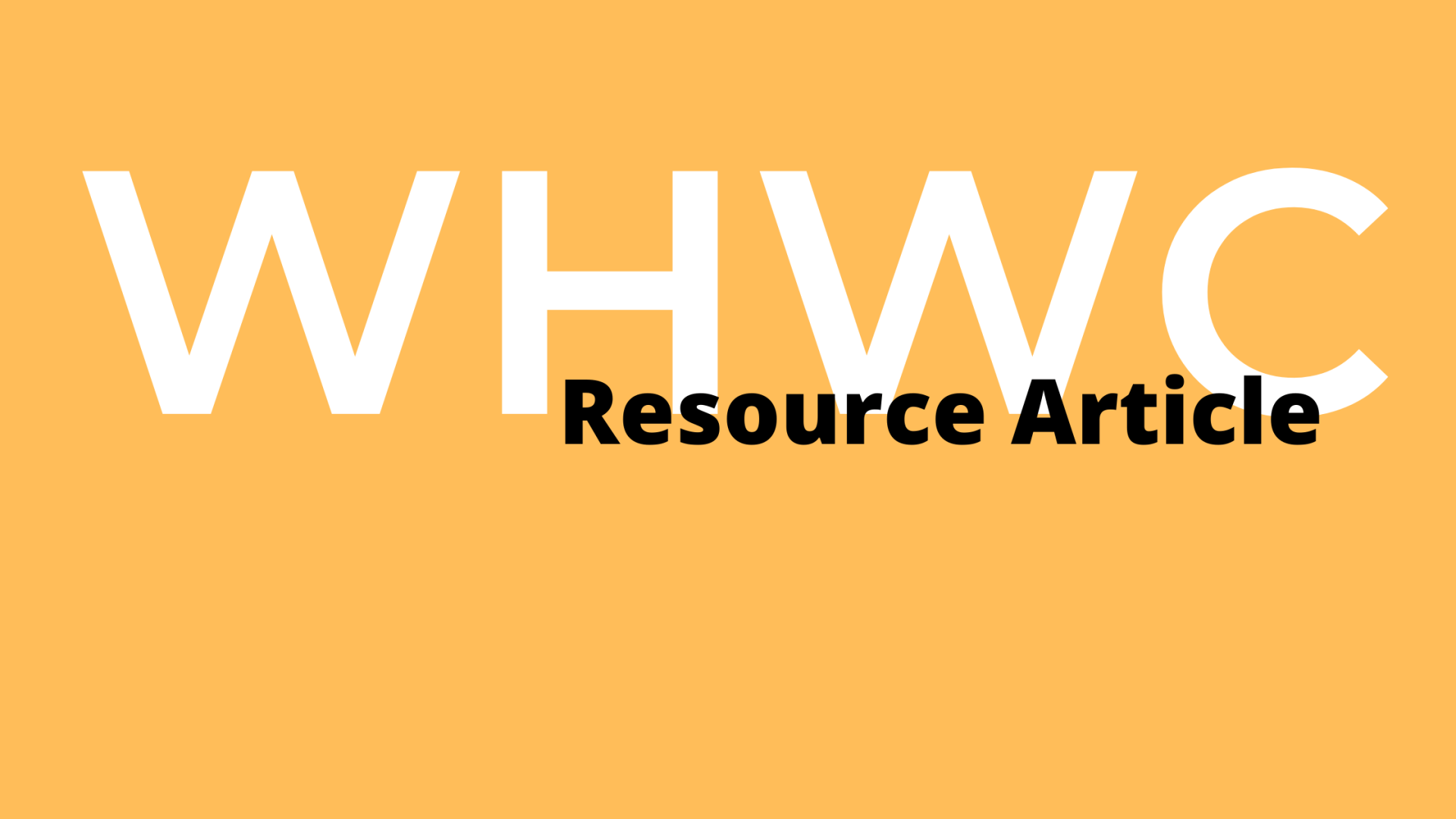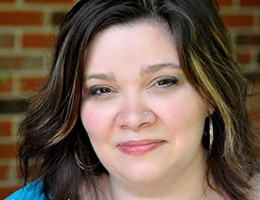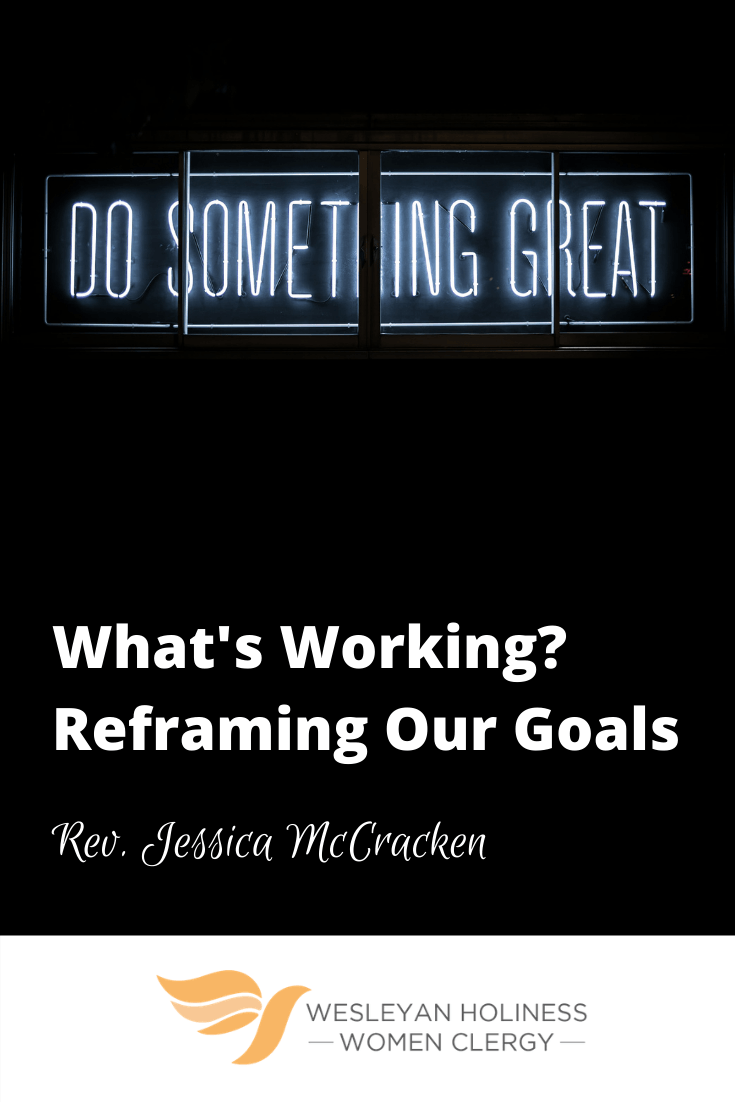Summertime! Oh summertime! With the change in weather, we often find ourselves feeling motivated and inspired. Something about the sun and fresh air makes us look for new projects or pick up something we left undone. We evaluate how far we’ve come since the new year which now doesn’t seem quite so fresh and new. We reevaluate our goals and decide what to add, change, or delete. We’re hopeful.
The dictionary defines a goal as “the end toward which effort is directed.” A goal can be the end itself we are trying to reach or part of several smaller steps designed to get us to a final target.
A goal can be short-term, achievable in the next 6 months to year such as increasing sales, holding a big outreach event, or losing weight. It can be a mid-range goal that you can complete in 2-5 years, like buying a house, remodeling your building, or finishing a degree. Or it may be what Jim Collins calls in his book Good to Great, “a BHAG, a big hairy audacious goal.” That’s a goal that is long-term, 10-20 years. It’s big picture thinking and guided by you or your organization’s core values and purpose.
Whatever your goal and its size you can easily find a wealth of information on how to determine a goal: set it, break it down into achievable steps, and then monitor and measure for success. This is all good.
Making a Plan
This is all part of what it means to be created in God’s image. We were made with the ability to consider, analyze, and take action. Part of our purpose at creation was to participate in the flourishing of the world and one way we can do that is by setting goals that improve our world, others, and ourselves.
We often need more than knowledge of the benefits of setting goals and the theological argument that we were made to create, design, and flourish. Goal setting and dreaming big can overwhelm us. It often can leave us feeling distracted and down rather than energized and eager.
So, how do we enter into self-reflection and guide our organizations and people into reflecting on where we are and where we want to go and not be overwhelmed? How can we make this goal-setting process more than just a ritualized yearly task that sometimes has far less return on investment than we had hoped for?
We begin with asking, as we reflect, two questions. These are questions that aren’t about the future and what we still lack or are hoping for. These are questions about what we already have and want to keep:
- What have you learned over the last year or this past season?
Be specific. What did your latest failures, successes, challenges, and disappointments teach you? What new skill did you learn? What did a class or book teach you? What do you know now about others, yourself, the world, and/or your field that you did not know a year ago?
- What do you want to keep?
What are the things that you want to take with you into the new year or this next season? What resources? What values? What relationships? What new things are a “must-have” and what old things are non-negotiable? What brings joy and satisfaction to your career, daily tasks, relationships, and life?
Without meaning to, goal-setting (and the type of reflection needed to dream big dreams and set big hairy audacious goals) can have us starting from a point of “lack” or “discontent.” A realistic look at what we still need to do and a holy dissatisfaction with the status quo are not bad things. They aren’t, however, the whole perspective.
A Greater Perspective
Asking what we have learned allows us to take stock of our resources —resources that we often overlook—and create an opportunity to build on something we may have underestimated. Asking what we want to keep helps us to not lose sight of the things we value and ensure we keep those things that make goal setting worth the work in the first place.
Okay, but …
What about what still needs to be done? What about the areas you or your organization still need to work on? What about the stuff that isn’t working? What about that specific problem that keeps tripping you and your team up?
Sure answering these questions is good for the soul and creates positivity but does it really make a difference? Yes, this self-reflection would be a boost to our confidence and outlook, but does it have a real impact on the physical, work-day realities that must be faced and fixed?
Behavioral scientists seem to think it does.
They call this approach appreciative inquiry (AI) and it is a shift from a traditional deficit-based approach. Traditionally, when we want to improve something—ourselves, a performance, an organization—we start by looking at what is not working. We try to answer the question, “What is wrong?” We become, as individuals, or the organization as a whole, something to be fixed or managed.
Appreciative inquiries (AI) ask, “What is working?” It is a strengths-based approach that works to not simply fix a problem or mitigate risk but empowers real change and create better, more holistic health for individuals and organizations. This allows organizations and individuals to become more than a manager of solutions and problems but creators that answer the question, “What should be?”
Here’s a quick overview of the four steps used with this approach, often referred to as AI, and how it compares to the traditional approach of making goals and creating change:
“At its heart, AI is about the search for the best in people, [and] their organizations … AI is not so much a shift in the methods … of change, but AI is a fundamental shift in the overall perspective taken throughout the entire change process.”*
Positive Changes for Positive Growth
Some of the positives that come out of appreciative inquiry are: increased energy and motivation for change, encourages continued learning and innovation, increases adaptability and sustainability, and creates greater buy-in and participation which leads to stronger commitments to change and the larger vision.
So as the warmer weather breaks in and you begin to evaluate your goals for 2021 and decide what the next step is in this upcoming season of life and leading, don’t rush through these questions. Don’t underestimate the power of taking the time to acknowledge what you have achieved, learned or developed over the last year. Don’t minimize all the intangible insights you’ve gained.
Take time to dream about how what you’ve discovered this last year might not simply fix a problem or make a process more efficient, but how it might make a better future, a future more in line with the God who saw all that He had made and declared it good.
In short, before you change those goals, name what’s good.
Even with taking time to self-reflect and seeing the importance of a strengths-based approach, setting and managing goals can still feel overwhelming. It can be hard to discern what is good from what is necessary, what is better from multiple good options. It can be challenging to decide when good is good enough and when good enough is not enough.
As we reflect and plan, it is good to remember the words of the Apostle James:
“If any of you lacks wisdom, you should ask God, who gives generously to all without finding fault, and it will be given to you,” (1:5).
God is at work in the world and He is at work in us. He is invested in us and in our world. We can go to Him and ask for clarity and direction and He will not withhold it from us.
As you name the good, ask the Holy Spirit to give you eyes to see, a spirit to discern, and the wisdom you need to continue forward.
Resources:
Excerpt from: Stavros, Jacqueline, Godwin, Lindsey, & Cooperrider, David. (2015). Appreciative Inquiry: Organization Development and the Strengths Revolution. In Practicing Organization Development: A guide to leading change and transformation (4th Edition), William Rothwell, Roland Sullivan, and Jacqueline Stavros (Eds). Wiley
Additional resources on Appreciative Inquiry:
https://positivepsychology.com/appreciative-inquiry/
https://appreciativeinquiry.champlain.edu/learn/appreciative-inquiry-introduction/
https://cvdl.ben.edu/blog/what-is-appreciative-inquiry/








